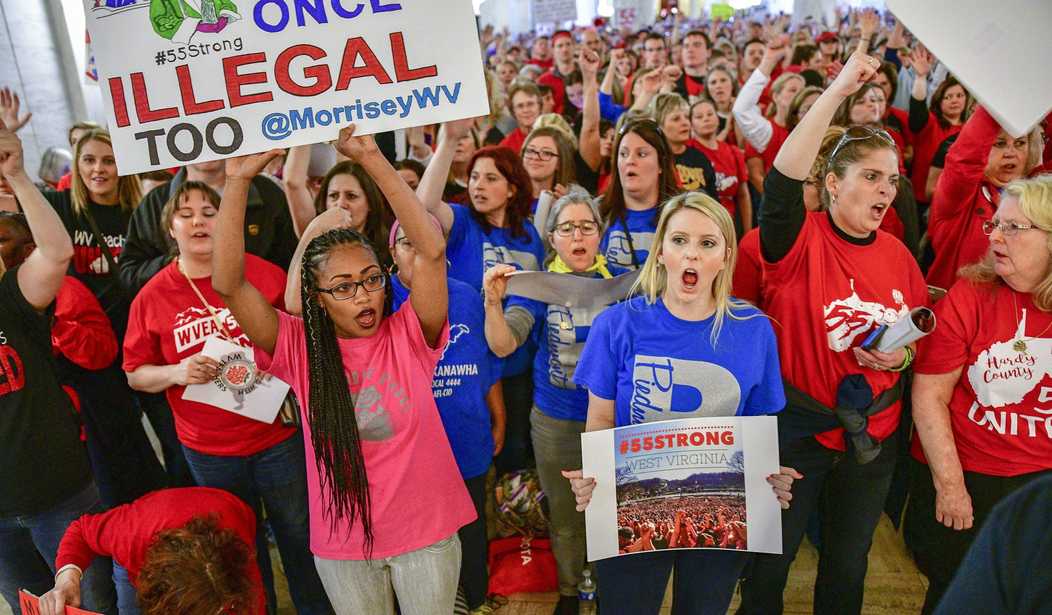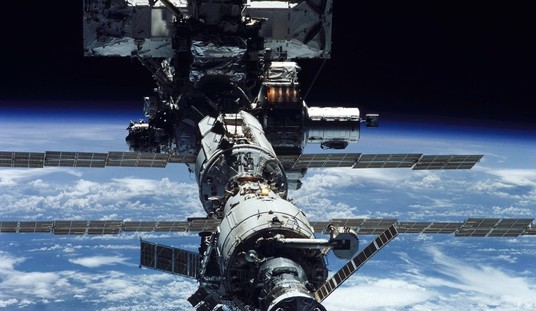The U.S. isn’t just politically divided — it’s also economically divided.
New research says the two go hand-in-glove together.
There are the haves and the have-nots. Increasingly, the red states, which tend to vote Republican, are trailing far behind the blue states, which tend to vote Democrat, according to a recently published study. Worse still, the divide is getting wider.
This economic chasm helps explain president Trump’s rise to power, and why he could hold on to it longer than his detractors think possible.
“Generally, red states or the red areas of the country are lagging blue areas for employment even as the overall economy improves,” says Greg Basile, senior research analyst at the Washington, D.C.-based Institute of International Finance (IIF).
In other words, those record-low unemployment levels haven’t benefited all areas of the country equally.
Basile, along with colleagues at IIF, analyzed data on employment trends in the U.S. and combined the information with which way the population voted.
This is the second time that IIF has conducted the analysis. The first came last year. But this time, instead of just looking at the data from each state, the team dug far further into the weeds.
The analysts wanted a “cleaner representation of the red versus blue divide,” and so identified urban areas in red states that tended to have Democrat leanings. Such blue-leaning metropolitan areas in red states include Dallas and Philadelphia. (There aren’t any red-leaning cities in blue-leaning states, the report states.)
In the simplest terms, the second-take analysis focused on the economic differences between urban and rural areas.
The results showed an even wider economic split than did the first take of the analysis.
“We find that the red-blue divide is more pronounced than in our first-pass analysis, with the employment-to-population gap even wider than we had first estimated,” states the IIF report “The Red-Blue Labor Market Split.”
“There is no sign that the labor market, which is so buoyant at the national level, is helping to heal this divide. If anything, the divide is growing.”
Put another way, the urban-rural economic rift is even larger than the state-by-state difference.
It seems that the matter comes down to where various industries are located.
“The tribal political divisions of red versus blue is perhaps better understood as an intensification of the digital divide,” says Joe Brusuelas, chief economist at professional services firm RSM. He explains that the fast-growing technology industry and related business sectors show better productivity and higher wages.
In other words, the new economy (medical sciences, information technology, etc.) is boosting the blue areas of the country but not the red ones, which still rely heavily on traditional manufacturing or agriculture.
Newly created jobs in science and technology are going to the urban areas and the blue states, while job losses in traditional manufacturing are occurring in the red states.
As if that divide wasn’t bad enough, it is exacerbated by other matters. The much-heralded stock market rally, which began in March 2009 just as the financial crisis was ending, didn’t help everyone equally and neither did the housing recovery.
“The recovery in the U.S. has been driven by increasing assets prices for stocks and houses,” says Daniel Lacalle, chief economist at money management firm Tressis in London. But many in the middle class don’t own stocks and not all own real estate, so they didn’t see the benefit of the stock rally or the housing price rebound.
Plus, Lacalle points out that the middle class suffered increased taxation and higher healthcare costs. In other words, the boom in jobs left out substantial parts of the country, but so did the booming stock market and the recovering housing sector as well.
“In terms of the middle class outside of the hotspots [such as the coastal or urban areas], the difference between red and blue states is enormous, and it connects with reasons for Trump’s success and Trump’s views about the world,” says Lacalle.
More specifically, the fact that the red areas hadn’t shared in the economic boom helps to explain why when Trump slaps tariffs on steel and aluminum imports he gets cheered in the heart of steel country. For instance, U.S. Steel recently announced it would restart blast furnaces in Illinois and thus add around 500 jobs.
These voters see Trump making changes that make a difference to the very workers who for too long got ignored.









Join the conversation as a VIP Member